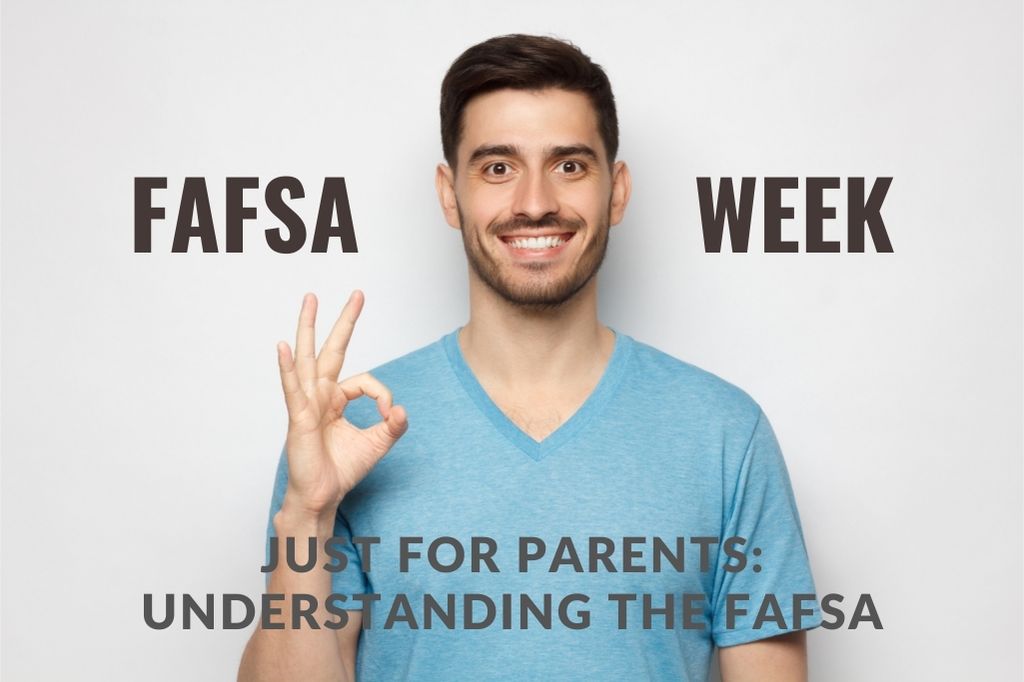Over 1.7 million scholarships are awarded annually; however, only 7% of college students will receive a scholarship. On average, first-time undergraduates who receive government grants and scholarships at a 4-year college receive about $14,890 annually. On average, a student who receives a scholarship or grant at a private 4-year college will receive $8,005 more than a student in a public 4-year college.
That sounds depressing and you might ask what are my odds of winning a scholarship, but all hope is not lost. Many students and their families have applied for scholarships and used them to pay for college. But, you need to know the facts.
Continue reading What Are the Odds of Winning a Scholarship?









